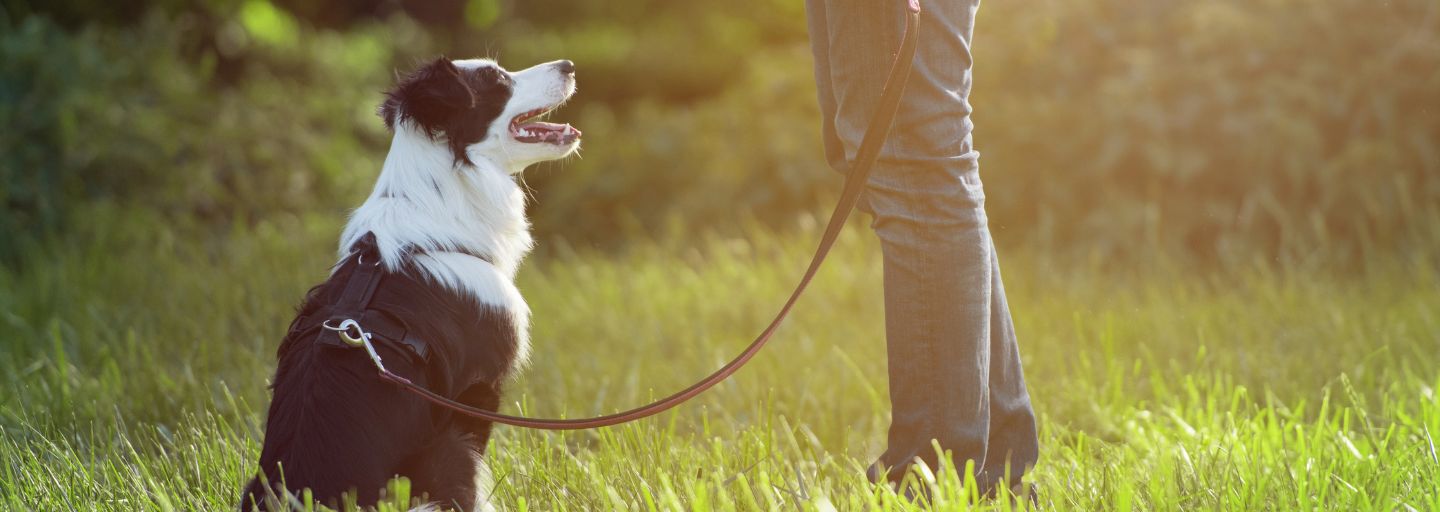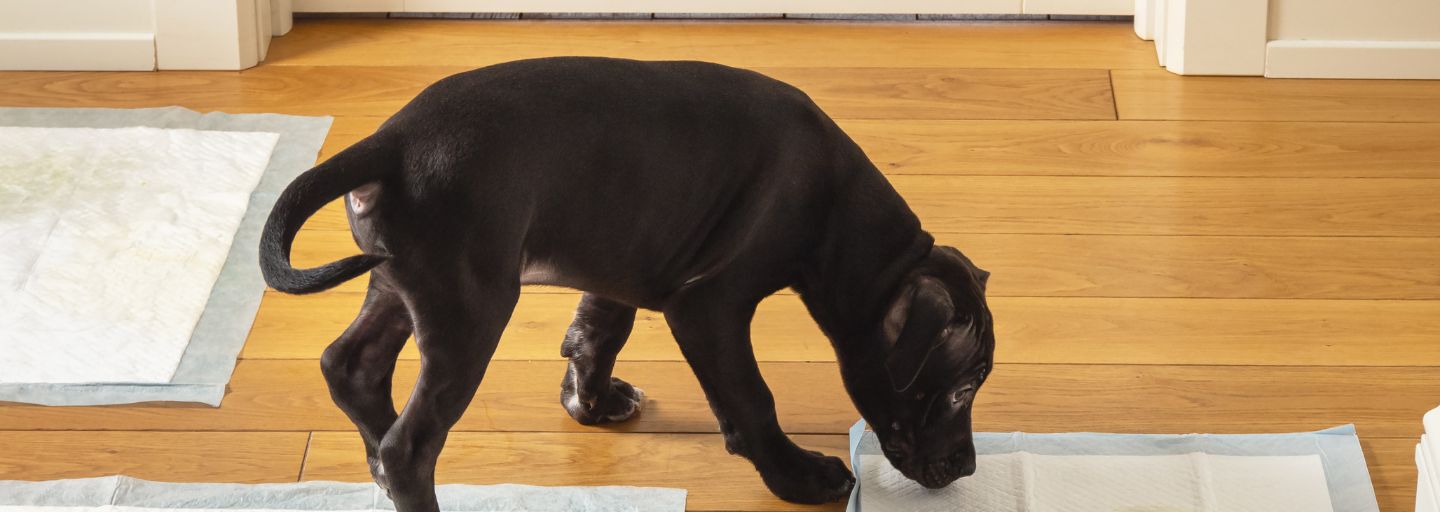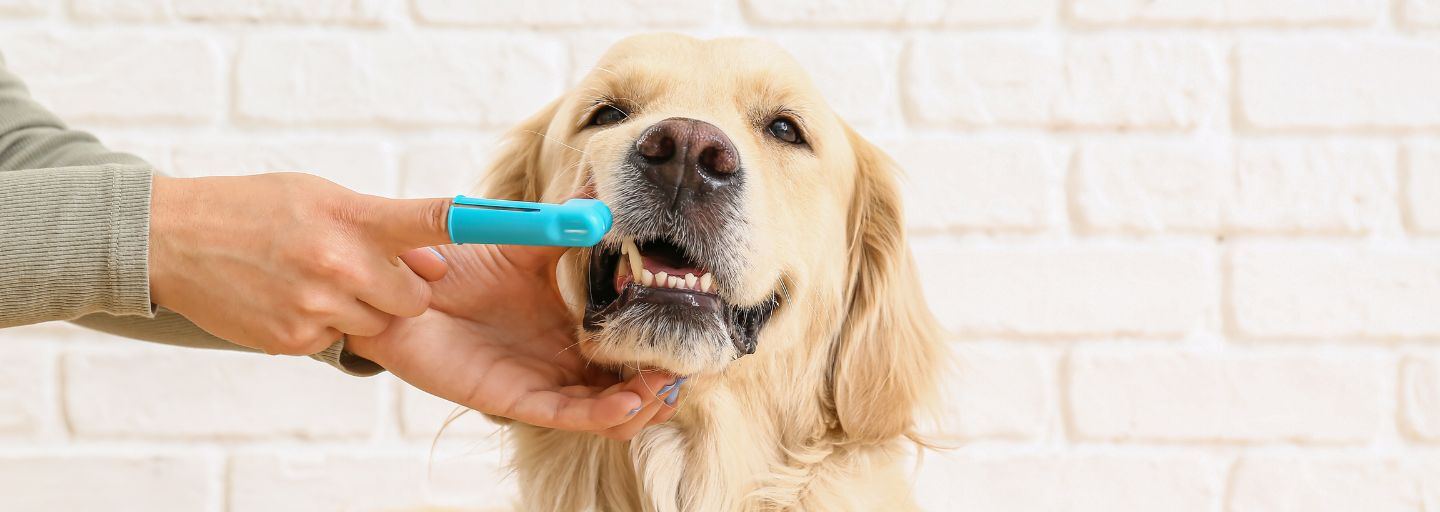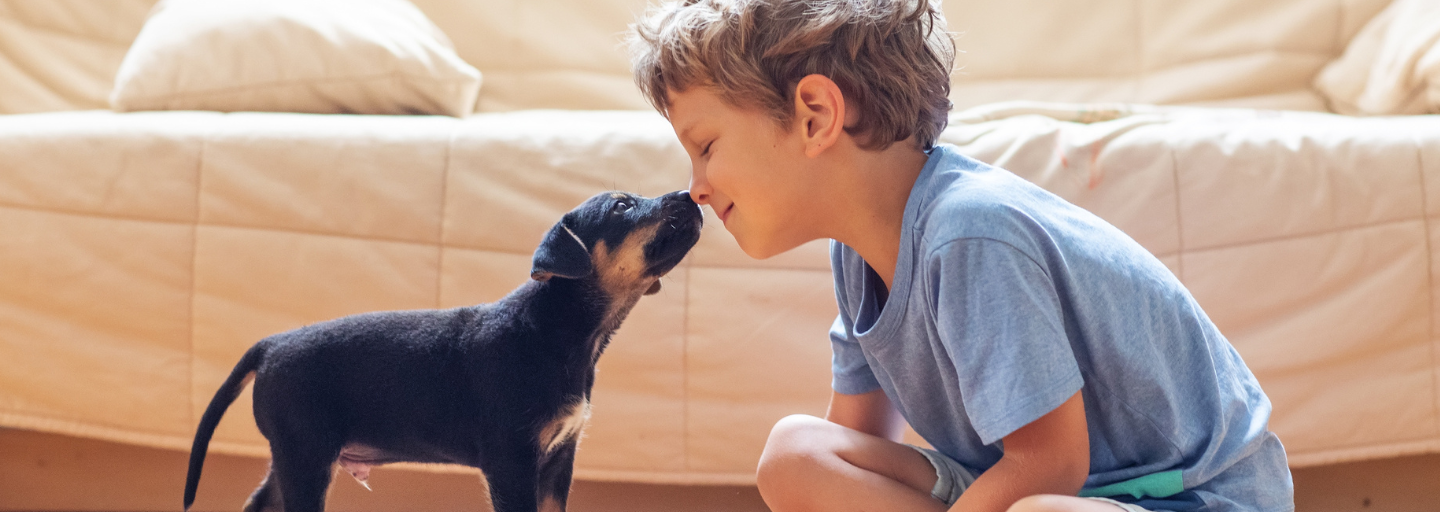While we love our dogs, at times they can behave in ways that we simply don’t want them to or that may even endanger them. It can be useful to teach our dogs to stop doing their inappropriate activity.
How to teach “No”
Most humans like to use the word “No”. Many dog trainers, however, feel that this is a very negative way of training a dog and research shows that dogs who are responded to in a negative way such as shouting or hurting them, may eventually respond with aggression towards their handler!
Dogs learn by being reinforced or rewarded. Most training succeeds by rewarding good behaviour and ignoring unwanted responses. Essentially, your dog wants your approval. So, rather than yelling or constantly saying “No”, quicker progress can be made by teaching your dog a ‘no’ signal – one that tells him to stop whatever he is doing whenever he hears it.
A suitable command can be “Leave”. This teaches the dog to leave whatever he is doing and then you can redirect their energy on to something more appropriate. Follow these steps for easy training.
The steps
- To teach “No” or “Leave”, first get some treats. You may need to use your dog’s tastiest treats to ensure you have your dog’s full attention.
- Have your dog respond to you, by doing a “Sit” or a “Walk” beside you, so that their focus is on you. Keep your dog on a lead, so you have full control of their behaviour.
- Set the scene by creating a diversion or activity that your dog is going to be very likely to want to do. A piece of food laying on the floor, for instance, may be a suitable distraction or teaching aid.
- Lead your dog close to the fallen food or other distraction. As your dog looks at the food or moves towards it, say “Leave” and offer the dog a treat as a reward for turning towards you and leaving the distraction. Also praise your dog when he gives you attention.
- Practice this training and make it progressively more difficult by distracting your dog with different items and experiences and by doing it in differing locations.
This exercise can be useful for:
- Teaching dogs to leave dangerous items alone e.g. onions or skewers that have fallen off the barbeque.
- Getting dogs to focus on you rather than other dogs on the street.
- Teaching a dog not to eat poo!
Remember that training a “No” or to “Leave” command is teaching your dog to stop doing something. Most dogs respond more easily to actually doing something. So, asking your dog to “Sit” and receive a treat may be easier to train.
Dogs are generally only trying to satisfy their own needs. If your dog is constantly pulling you towards other dogs or seeking out food on the ground, then you may need to look at other ways of satisfying their needs. Giving them dedicated play times with other dogs, if they are dog-friendly, or ‘hunting’ for their food by using food-releasing toys may help satisfy their needs.



